Home>Gardening & Outdoor>Landscaping Ideas>When To Plant Grass Seed
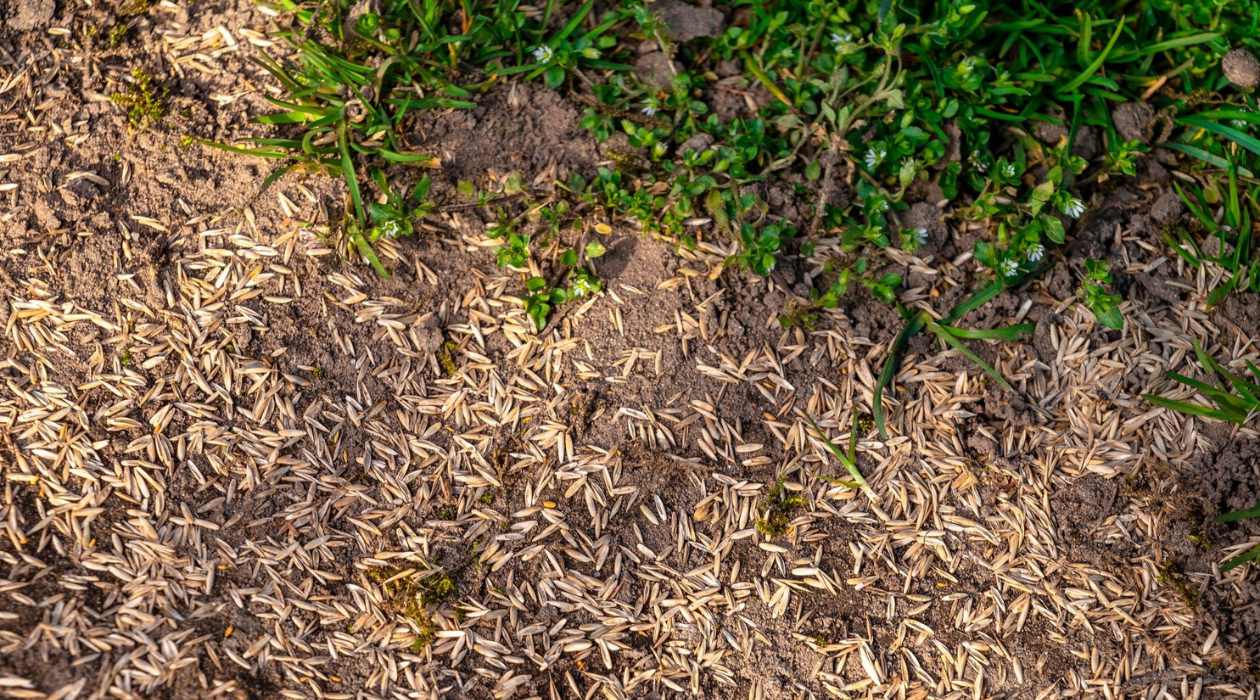

Landscaping Ideas
When To Plant Grass Seed
Modified: February 18, 2024
Learn the best timing for planting grass seed to achieve a lush lawn. Get expert landscaping ideas and tips to ensure successful growth.
(Many of the links in this article redirect to a specific reviewed product. Your purchase of these products through affiliate links helps to generate commission for Storables.com, at no extra cost. Learn more)
Introduction
Welcome to the world of landscaping! Planting grass seed is an exciting endeavor that promises a lush, green lawn to enjoy. Whether you’re a seasoned gardener or a novice enthusiast, the prospect of nurturing grass from seed to a vibrant carpet of green is a rewarding experience. However, to achieve the best results, it’s crucial to understand the optimal timing and methods for planting grass seed. This article will guide you through the process, from determining the right time to plant to caring for your newly sown seeds. Let’s delve into the essential factors to consider before embarking on this green-fingered journey.
Key Takeaways:
- Timing is crucial when planting grass seed. Cool-season grasses thrive in early fall or spring, while warm-season varieties do best in late spring to early summer.
- Proper soil preparation, seed selection, and attentive care are essential for successful grass seed establishment. Watering, protection from foot traffic, and maintenance contribute to a lush, vibrant lawn.
Read more: When To Plant Grass Seed In New York
Factors to Consider Before Planting Grass Seed
Before diving into the planting process, several key factors should be carefully evaluated to ensure the success of your grass seed endeavors. Understanding these considerations will lay the foundation for a thriving lawn. Here are the essential factors to ponder:
- Soil Type and Condition: Assessing the soil type and condition of your lawn is paramount. Different grass species thrive in specific soil types, such as sandy, loamy, or clay soils. Conduct a soil test to determine its pH level and nutrient content, as this will influence the type of grass seed best suited for your lawn.
- Climate and Weather Patterns: The local climate and weather patterns play a pivotal role in the success of grass seed germination. Consider the average temperature, rainfall, and sunlight exposure in your region. Certain grass species are better adapted to hot, arid climates, while others flourish in cooler, more humid environments.
- Grass Species Selection: Choose the right grass species based on your region’s climate and your lawn’s specific requirements. Factors such as foot traffic, shade tolerance, and maintenance preferences should inform your selection. Cool-season grasses like Kentucky bluegrass and fescue thrive in northern regions, while warm-season varieties such as Bermuda grass and zoysia excel in southern climates.
- Existing Vegetation and Weed Control: Assess the presence of weeds and existing vegetation in your lawn. It’s crucial to address any weed infestations and prepare the soil accordingly to create an optimal environment for new grass seed establishment.
- Water Availability and Drainage: Adequate water availability and proper drainage are essential for the successful establishment of grass seed. Evaluate the water retention and drainage capabilities of your soil to determine if any amendments are necessary to create an ideal growing environment.
By carefully considering these factors, you’ll be well-equipped to make informed decisions and prepare your lawn for the upcoming grass seed planting. Now that we’ve explored the crucial pre-planting considerations, let’s delve into the best time to sow grass seed for optimal growth and vitality.
Best Time to Plant Grass Seed
Timing is everything when it comes to planting grass seed. Selecting the optimal time ensures that the seeds have the best chance of germination and establishment, setting the stage for a healthy, vibrant lawn. The ideal timing for planting grass seed is influenced by various factors, including climate, grass species, and regional weather patterns. Here’s a comprehensive guide to determining the best time to sow grass seed:
- Cool-Season Grasses: If you’re considering cool-season grasses such as Kentucky bluegrass, fescue, or ryegrass, the prime time for planting is during the early fall or early spring. In cooler northern regions, early fall planting allows the seeds to germinate in the mild autumn conditions and establish strong roots before winter dormancy. Early spring planting is suitable for regions with harsh winters, providing the seeds with ample time to grow before the summer heat sets in.
- Warm-Season Grasses: For warm-season grasses like Bermuda grass, zoysia, and centipede grass, the optimal planting window occurs in late spring to early summer. These grasses thrive in warmer climates and require soil temperatures above 65°F (18°C) for successful germination. Planting warm-season grasses during the late spring allows them to take advantage of the upcoming summer warmth and ample sunlight for robust growth.
- Transitional Regions: In regions with transitional climates, where both cool and warm-season grasses can thrive, the best time to plant grass seed depends on the specific local weather patterns. It’s essential to monitor the soil temperature and plan the seeding process to coincide with the most favorable conditions for the chosen grass species.
By aligning your grass seed planting with the optimal seasonal conditions for your chosen grass species, you’ll maximize the likelihood of successful germination and establishment. Now that we’ve explored the best timing for planting grass seed, let’s delve into the essential steps for sowing and caring for your newly planted seeds.
Plant grass seed in the early fall or early spring for best results. This allows the seeds to establish before extreme temperatures and gives them time to grow strong roots. Keep the soil consistently moist for successful germination.
How to Plant Grass Seed
Planting grass seed is a straightforward process that, when done correctly, sets the stage for a thriving lawn. Follow these essential steps to ensure successful grass seed establishment:
- Prepare the Soil: Begin by preparing the soil to create an optimal environment for seed germination. Remove any debris, such as rocks and branches, and conduct a soil test to assess its pH level and nutrient content. Based on the soil test results, amend the soil with organic matter or fertilizer to provide the necessary nutrients for healthy seedling growth.
- Seed Selection: Choose high-quality grass seed that is well-suited to your region’s climate and your lawn’s specific requirements. Consider factors such as shade tolerance, foot traffic resilience, and maintenance preferences when selecting the appropriate grass seed blend.
- Sowing the Seeds: Evenly distribute the grass seed using a broadcast spreader or by hand. Be mindful of the recommended seeding rates for your chosen grass species to achieve the desired lawn density. After sowing the seeds, lightly rake the soil to ensure good seed-to-soil contact, which is essential for successful germination.
- Watering: Proper watering is crucial for seed germination and early seedling growth. Keep the soil consistently moist but not waterlogged. Use a fine mist setting on a garden hose or a sprinkler system to avoid displacing the seeds. Water the newly sown area frequently, ensuring that the soil surface remains damp until the grass seedlings are well established.
- Protecting the Seeds: To safeguard the newly sown seeds from birds and other potential threats, consider covering the seeded area with a thin layer of straw or mulch. This protective layer helps retain moisture and provides a barrier against seed-eating pests, contributing to successful germination.
- Monitoring and Maintenance: Keep a close eye on the newly seeded area, monitoring the soil moisture and the emergence of seedlings. As the grass seedlings begin to establish, gradually reduce the frequency of watering while ensuring that the soil remains adequately moist. Refrain from mowing the newly seeded area until the grass reaches the recommended mowing height, allowing the seedlings to develop strong root systems.
By following these steps with care and attention to detail, you’ll set the stage for successful grass seed germination and the establishment of a lush, vibrant lawn. Now that we’ve covered the essential steps for planting grass seed, let’s explore the crucial measures for caring for your newly sown seeds to ensure their healthy growth and development.
Caring for Newly Planted Grass Seed
After sowing the grass seed, diligent care and attention are essential to nurture the newly planted seeds and facilitate their healthy growth into a lush, vibrant lawn. Implement the following measures to ensure the successful establishment of your newly sown grass seed:
- Watering: Adequate and consistent moisture is critical for the germination and early growth of grass seed. Water the newly seeded area lightly and frequently, keeping the soil consistently moist but not waterlogged. As the seedlings emerge and develop, gradually transition to a deeper, less frequent watering schedule to encourage robust root development.
- Protection from Foot Traffic: Minimize foot traffic on the newly seeded area to prevent soil compaction and damage to emerging seedlings. Consider roping off or clearly marking the seeded section to avoid unintentional trampling and disturbances that could impede the seedling’s growth.
- Mowing Guidelines: Refrain from mowing the newly seeded area until the grass reaches the recommended mowing height, typically around 3 to 4 inches. Once the grass reaches this height, mow it to a height that does not remove more than one-third of the grass blade length, promoting healthy growth and vigor.
- Fertilization: After the grass seedlings have established and developed a strong root system, consider applying a high-quality, slow-release fertilizer to provide essential nutrients for sustained growth. Follow the recommended application rates and timing guidelines to avoid overwhelming the young seedlings with excessive nutrients.
- Weed Control: Monitor the newly seeded area for weed growth and address any weed infestations promptly. Hand-pull weeds carefully to avoid disturbing the young grass seedlings, and consider using targeted herbicides labeled as safe for newly seeded lawns if weed issues persist.
- Overseeding and Maintenance: As the newly sown grass seed matures and fills in the lawn, consider overseeding any sparse or thin areas to promote a dense, uniform lawn. Regular maintenance practices, including aeration, dethatching, and proper irrigation, contribute to the long-term health and vitality of the established grass.
By implementing these care measures and providing attentive maintenance, you’ll foster the healthy development of your newly planted grass seed, setting the stage for a lush, resilient lawn. Now that we’ve explored the essential care guidelines for newly planted grass seed, it’s time to reflect on the journey we’ve embarked on and the promising future of your burgeoning green oasis.
Read more: When To Plant Grass Seed In CT In Fall
Conclusion
Congratulations on taking the first steps towards cultivating a vibrant, thriving lawn from grass seed! As you’ve discovered, the journey of planting and nurturing grass seed is a rewarding endeavor that requires careful consideration, timing, and attentive care. By understanding the critical factors to evaluate before planting, determining the best time to sow grass seed, and implementing the essential steps for successful establishment, you’ve set the stage for a flourishing green oasis right in your own backyard.
Remember, the key to a healthy and resilient lawn lies in the thoughtful selection of grass species, meticulous soil preparation, and dedicated care for the newly sown seeds. As you embark on this green-fingered journey, take joy in the process of witnessing the transformation from tiny seeds to a lush carpet of green that invites relaxation and recreation.
Embrace the nurturing role of a gardener, providing the optimal conditions and attentive maintenance that allow your grass seed to thrive and flourish. Whether you’re sowing cool-season grasses in the brisk days of early fall or planting warm-season varieties in the balmy embrace of late spring, each step you take contributes to the creation of a verdant, inviting lawn that enhances your outdoor space.
As you care for your newly planted grass seed, relish the anticipation of watching the tender seedlings emerge, grow, and mature into a resilient, verdant carpet that beckons barefoot strolls and leisurely picnics. Embrace the journey, celebrate the milestones, and take pride in the lush, vibrant lawn that your dedicated efforts will bring to life.
May your lawn be a testament to the care and attention you’ve invested, a testament to the transformative power of nurturing tiny seeds into a flourishing expanse of green, and a testament to the joy and tranquility that a thriving lawn brings to your outdoor haven.
With each blade of grass that unfurls and each dew-kissed morning that illuminates your burgeoning lawn, may you find fulfillment in the beauty you’ve cultivated and the peaceful retreat you’ve created. Here’s to the promising future of your burgeoning green oasis and the memories yet to be made upon its verdant embrace.
Frequently Asked Questions about When To Plant Grass Seed
Was this page helpful?
At Storables.com, we guarantee accurate and reliable information. Our content, validated by Expert Board Contributors, is crafted following stringent Editorial Policies. We're committed to providing you with well-researched, expert-backed insights for all your informational needs.
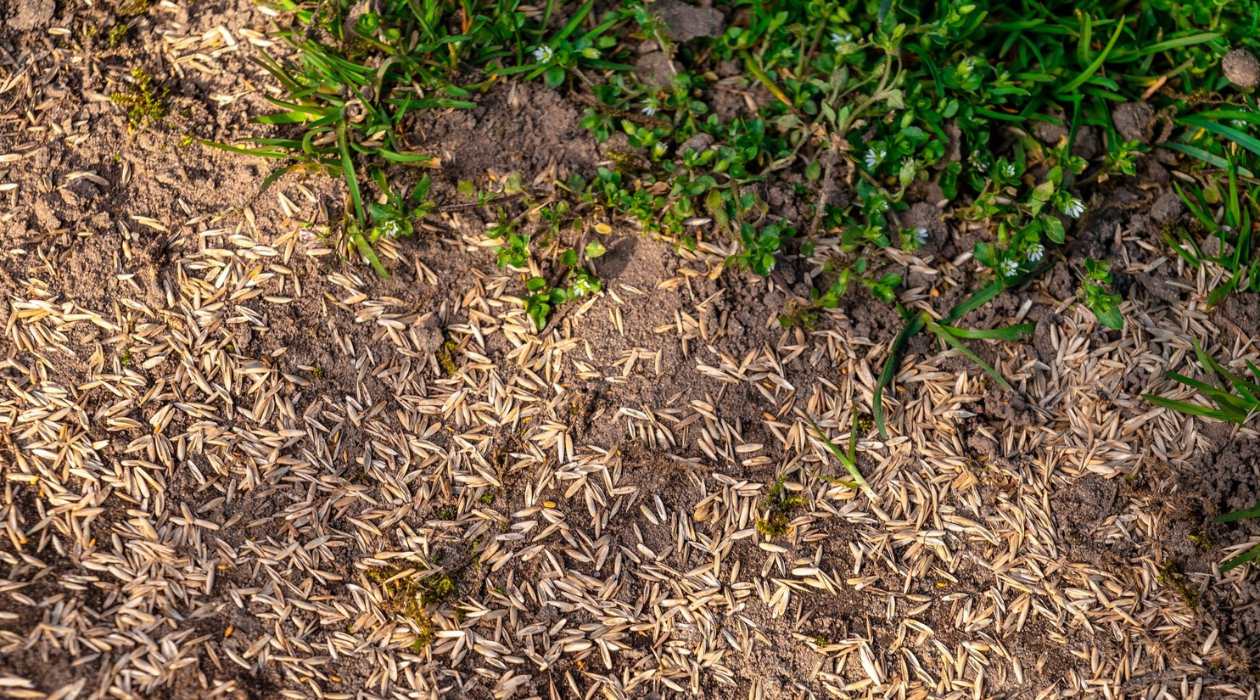
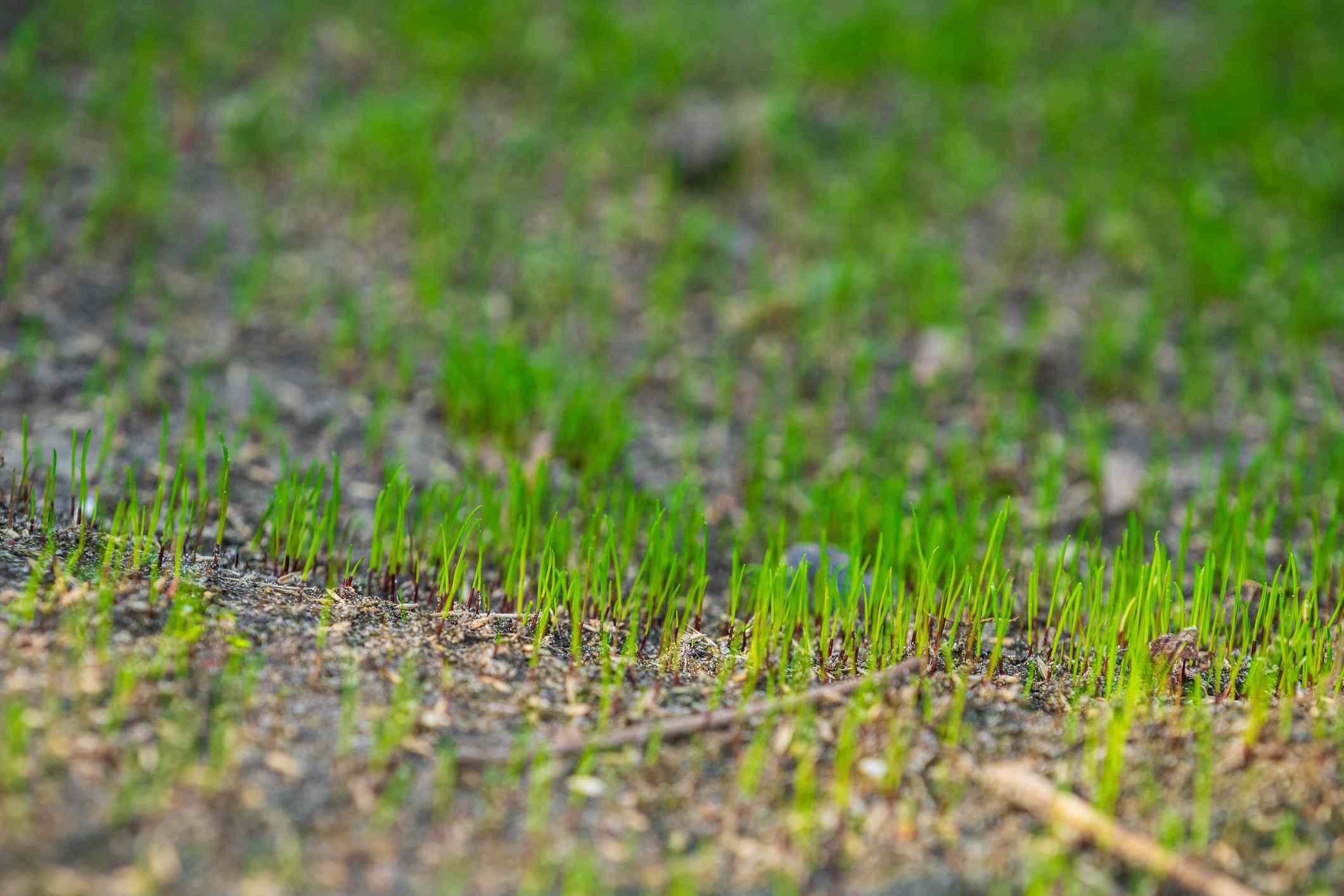
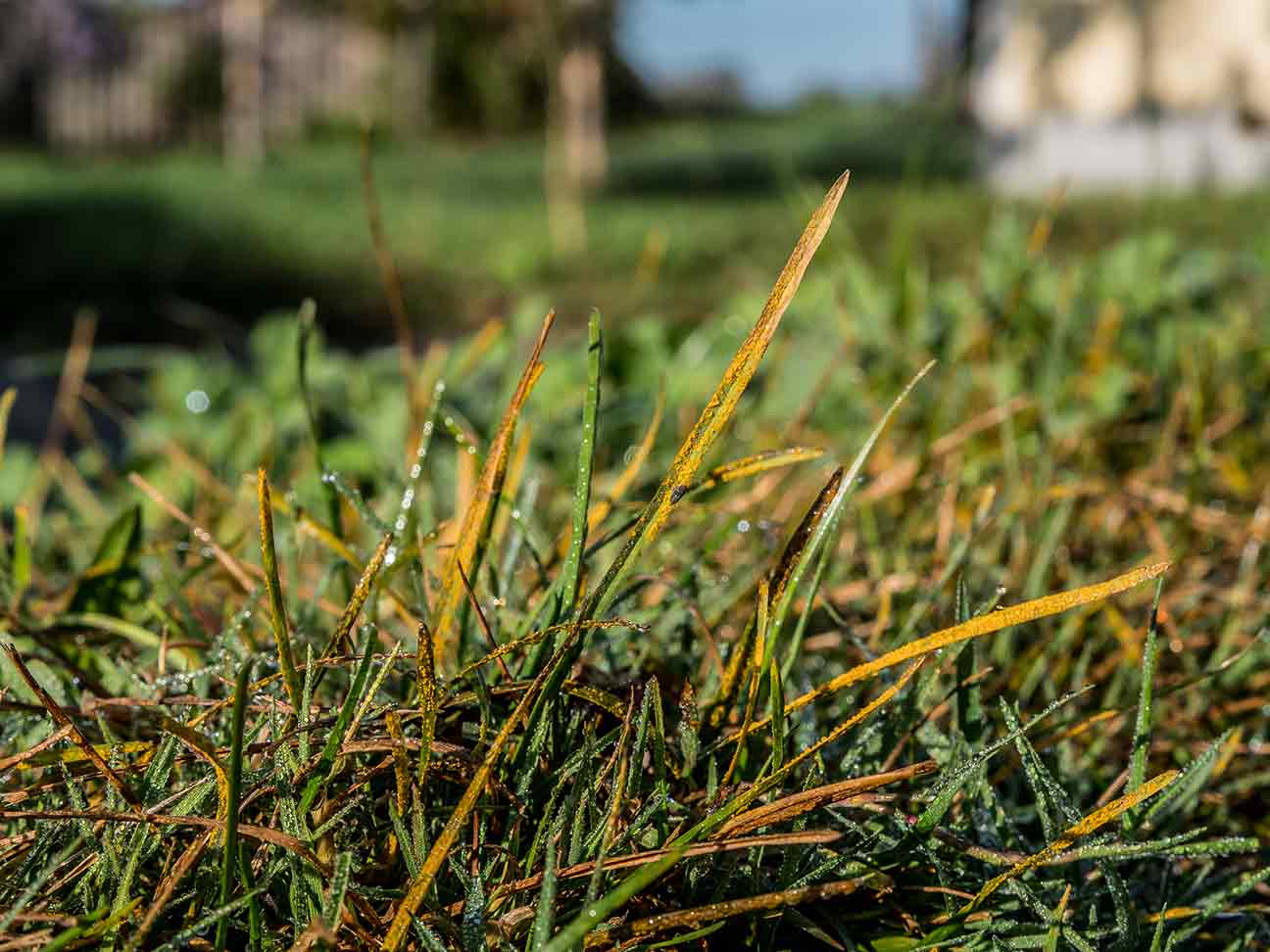
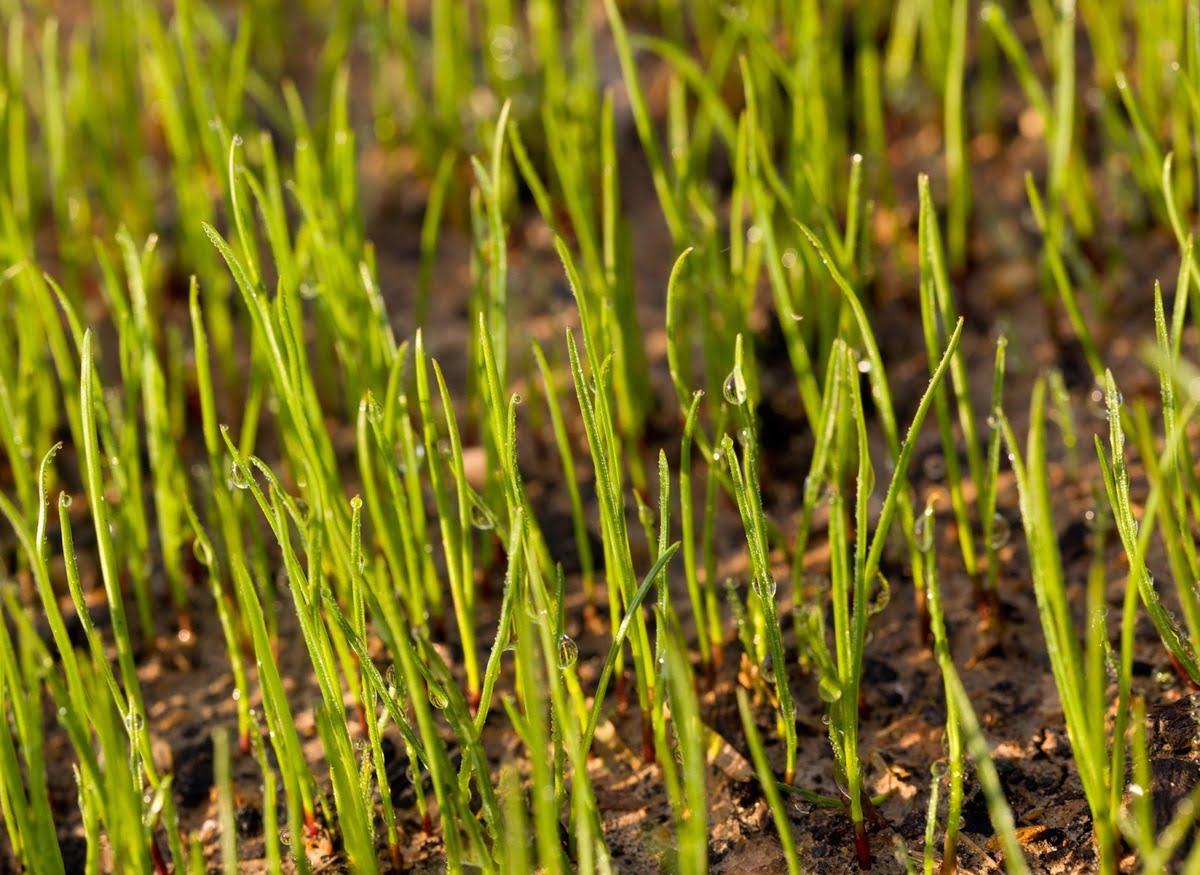

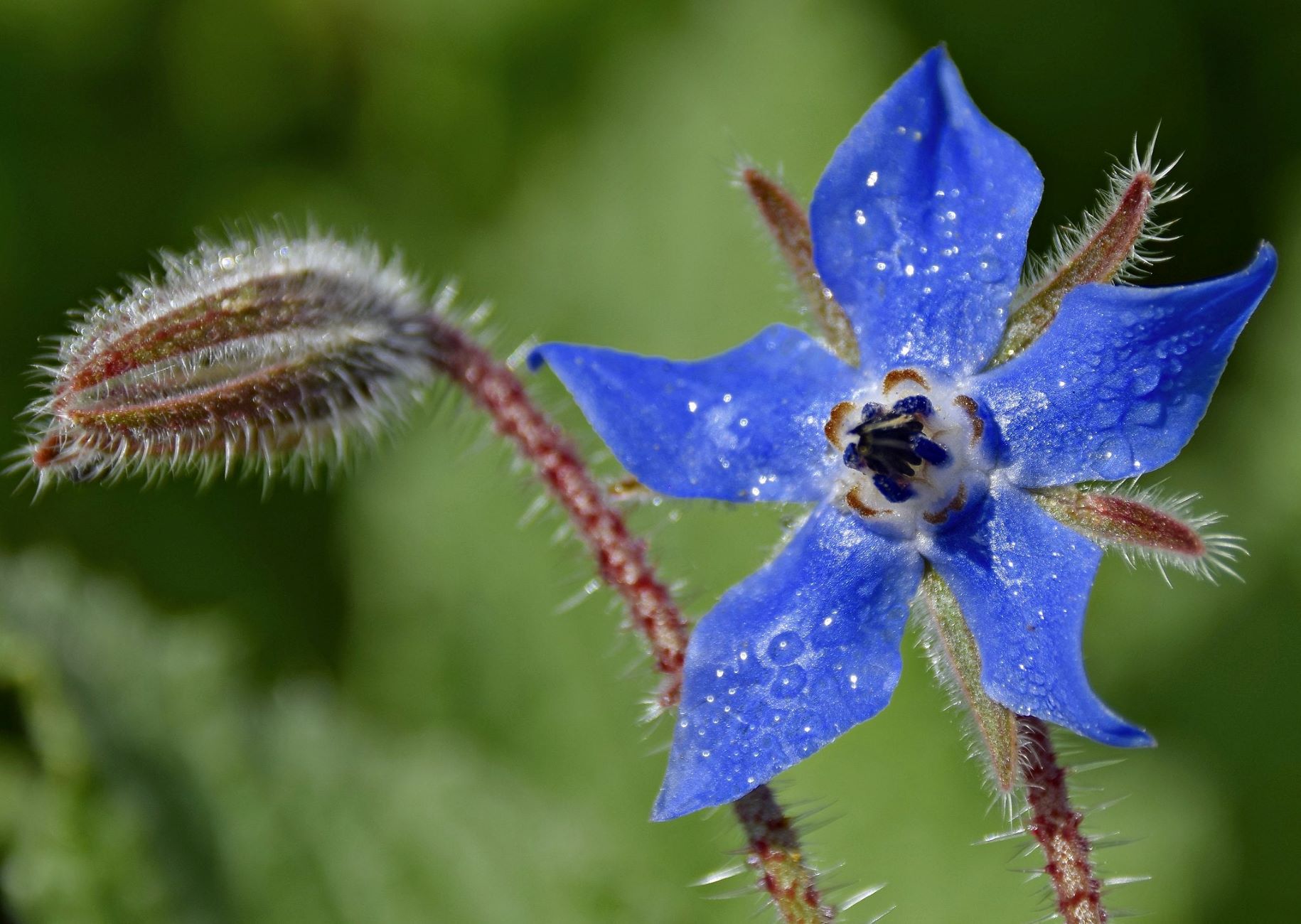
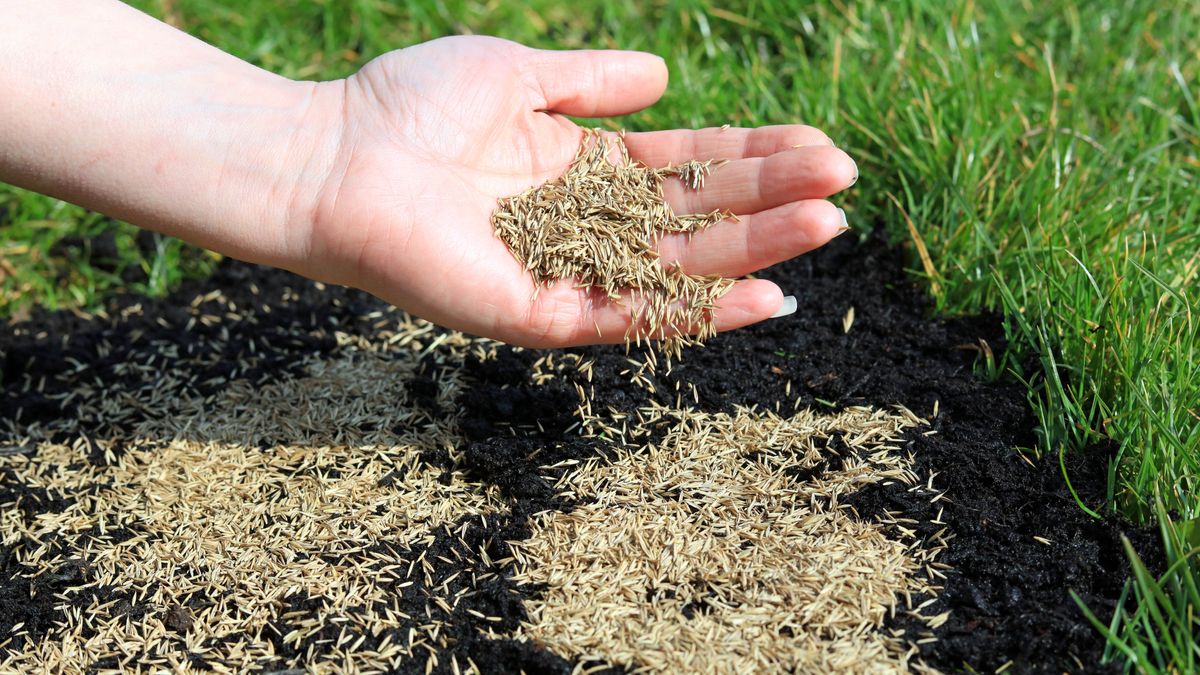
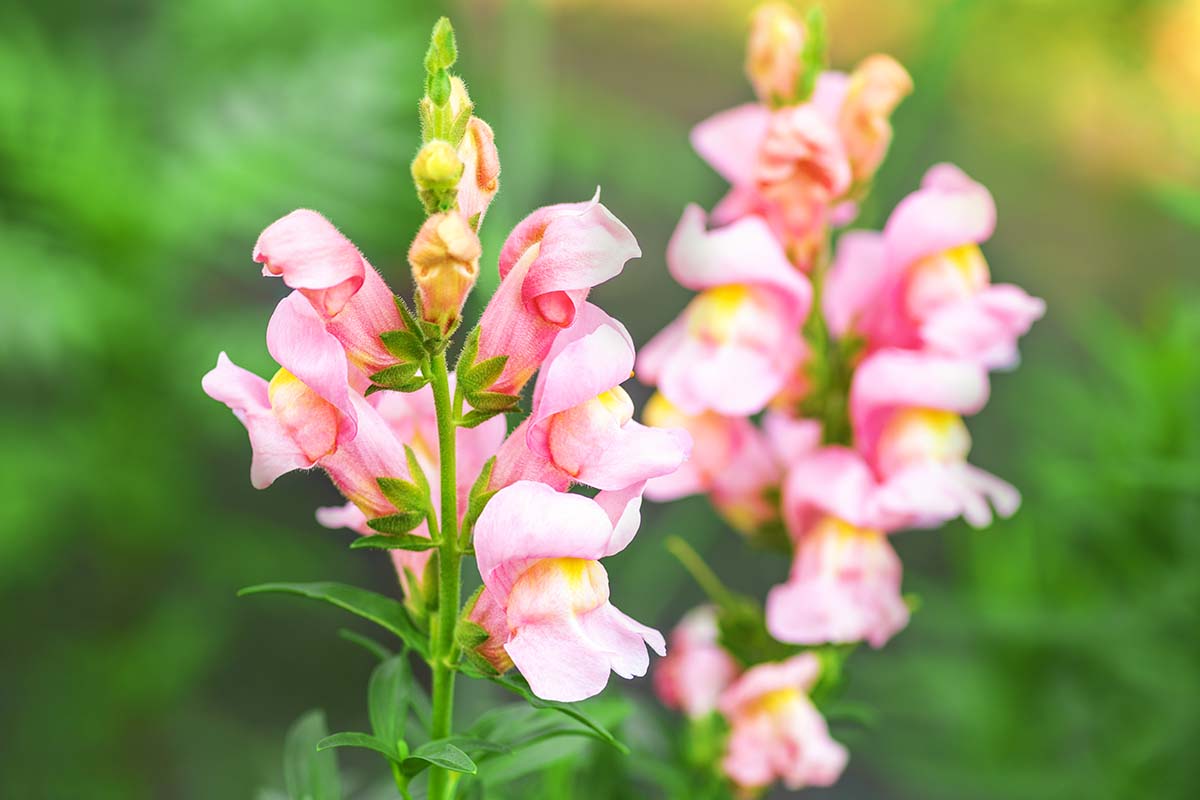
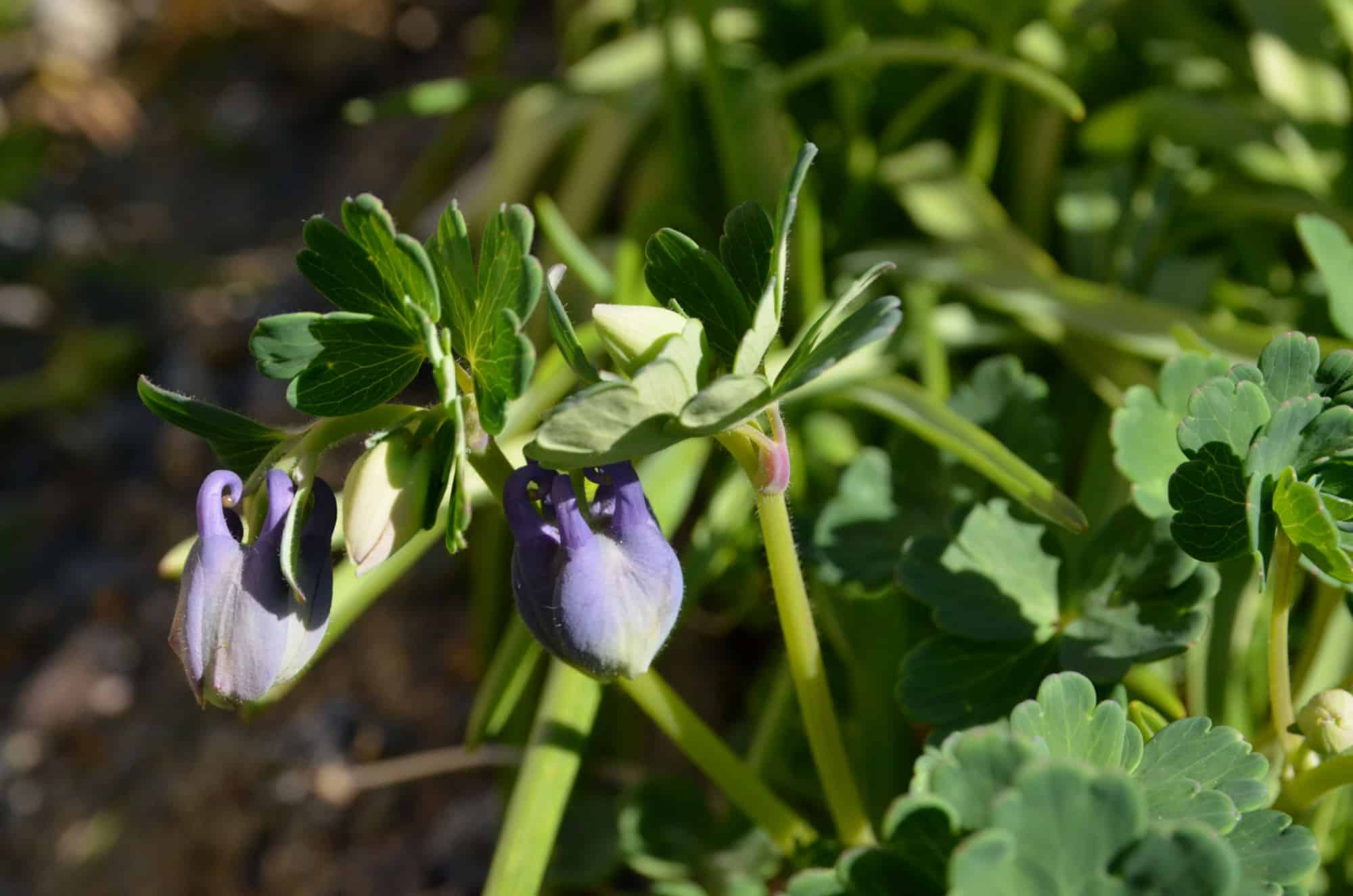
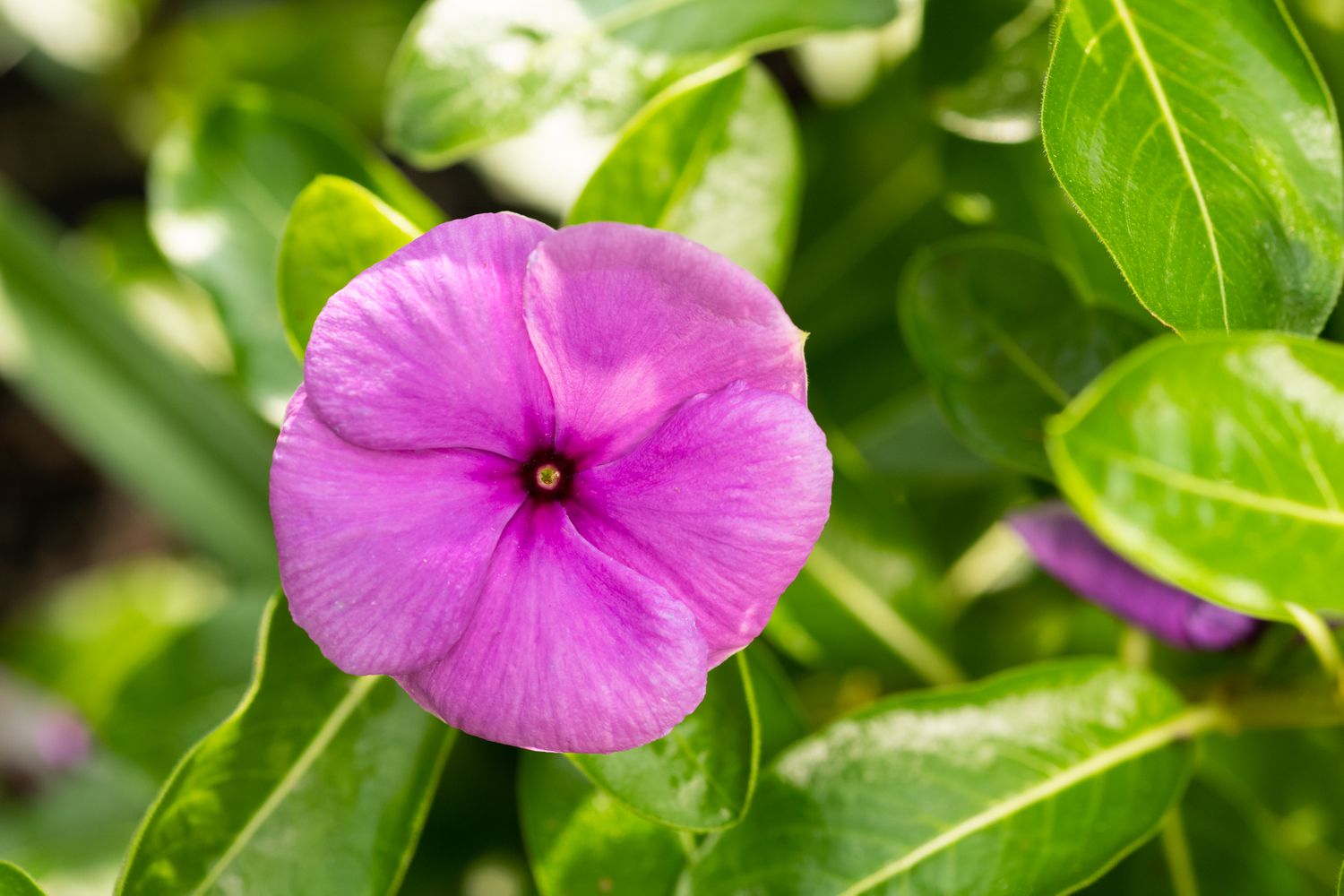



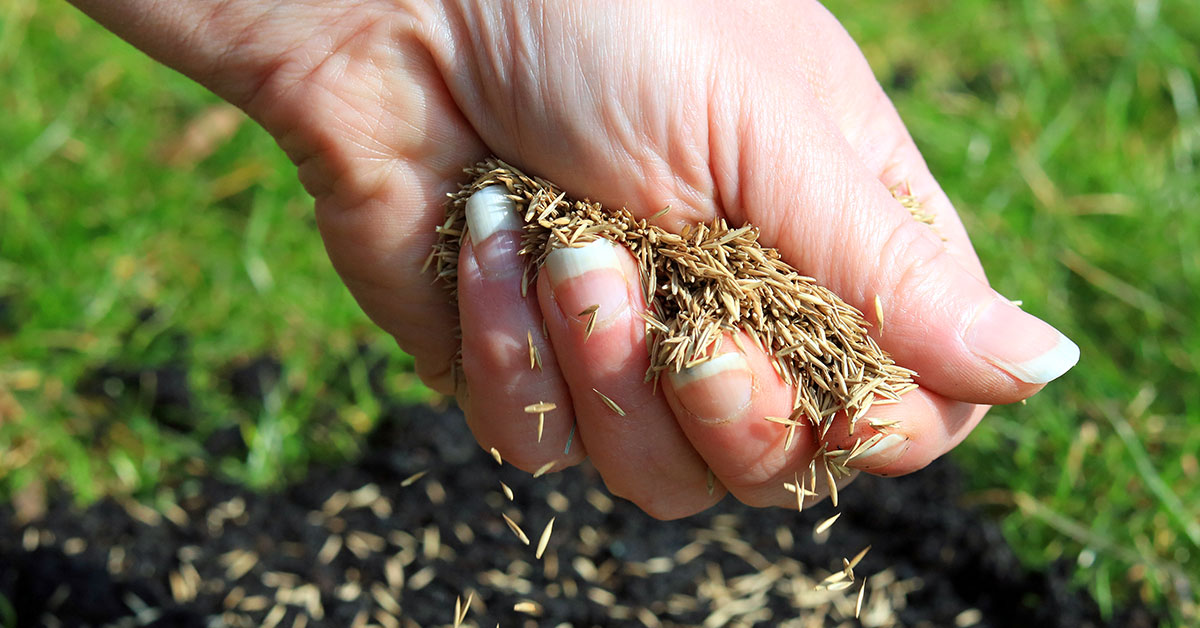

0 thoughts on “When To Plant Grass Seed”